Designers and coders provide different services in web design. Should designers be able to code? Is an all in one service beneficial?
Skill sets are becoming increasingly specialized. Designers would love to have a wide range of skills. It isn’t just as easy as following typography tutorials online. There’s more to that.
This would enable a full service when it comes to website development. However, if designers spend a great deal of time learning code, they won’t be able to spend that time working on their designs. Think of the CRUD system in WordPress. Can you imagine as designer having to learn this principle?
In a world of multiple skills, each aspect of web design has become unique. UX specialists use research, testing and analytics.
Coders use HTML and CSS. Visual designers create sites which resonate with the viewer. Great website design requires teamwork and each person focuses on what they love.
When web developers work as specialists, each team member is able to make a contribution. Each is able to offer a great service.
The trick is for designers and coders to collaborate in order to develop a great product.
How do you communicate effectively with your site developer so that you get the end result you want? This article presents some helpful tips.
Learn some basic coding
As a designer, it often helps to learn some basic code. When you design, you use your imagination to bring a new creation to life.
If you are able to visualize this design in basic code, this will enable you to communicate more easily with your site developers.
There’s no need to understand the intricate code. However, a very basic understanding of web technologies will pave the way to easy communication.
Learning the basics of coding gives you a wider understanding of the building materials which will be used to construct your design.
You don’t have to use them, but it does help you to understand what they might be and how they combine to bring your design into being.
See it from your developer’s perspective
When you understand a basic amount of code, you’ll be able to see your designs from the developer’s perspective. This is because your designs will end up being written in HTML and styled with CSS.
Understanding your developer’s tools will enable you to develop a deeper relationship with the person you’re working with.
When you’re able to view your designs in a different language, and from a different perspective, you can communicate deeply. This will enable you to create an effective end product.
If there are complex aspects of the design that you don’t understand, a developer will be able to engage with you. Sharing complex technical ideas is easier if you understand the basics.
This means that your developer can communicate you and assist you in areas of doubt. Understanding the difference between HTML and CSS creates a stepping stone to effective communications.
Have a plan
When you work with a developer, you want to know that you are going to be on the same page. It is often helpful to share your plans from the very beginning.
Include your developer in your project when your ideas are being conceptualized. By the time you start to design, your developer will already have insight into where you want to go.
By planning a site together, your developer will know from the outset where you plan to go with your designs and the routes you would like to follow.
This roadmap will assist you both while you are working. Knowing the route you want to follow is essential for creating an effective result.
Create a practical path to follow
Once you’ve mapped out your journey, your next step is to create a practical solution in order to bring results.
Designers and developers often think from different angles. If you can map out your ideas in a practical manner, this will help your developer to understand how to work with them.
Simplify each aspect of your design so that your developer can gain insight into how to work with each element.
Your developer will need to know how your users will interact with your designs and what you want your end results to be.
Creating examples will assist your developer to gain insight into your goals. Visual examples such as prototypes help your developer to visualize your goals.
This will create a reference point for your developer to draw upon while coding your site.
When you’re working with two very different viewpoints, it is important to create a bridge between these two worlds.
Remember to be practical. Vague and ambiguous terms or concepts create confusion and misunderstandings.
Tips for designers
Explain what you would like to do with your designs. Show your developer want you would like to achieve with each and every aspect of your design.
Explore how the different aspects of your design work together or interact. Look at your design from a holistic perspective.
Be thorough. Your developer won’t be able to work from an incomplete design. You’ll need to have each aspect of your design ready for your developer to work with.
Ask for insight. Your developer will be able to assist you if you are unsure or have questions. If you don’t know if a font will work, ask your developer’s opinion.
Be efficient, handing over all files in the correct resolution, size and format. This will ensure your developer has the tools needed without the extra work.
Create a style guide as a roadmap
By creating a style guide, you’ll be able to create a clear map for your site. This will help to create a clear communication process between you and your developer. This is because both of you will know what you are doing next.
By using a style guide, the designer will create a consistent site. Each colour, font, shadow or shape will be recorded and repeated.
This creates a sense of harmony for the site design. For the developer, they create a checklist. Your developer will also be able to use the style guide as a reference point for coding.
When you’re creating a style guide, be thorough. Explain the contexts of your design. Share how your user interface works.
When would you like to scroll? How will content be arranged under tabs? Why is your page designed in a specific way? This helps your developer to understand the thought process behind your designs.
Customize your style guide towards your site needs. If your logo is crucial to the site and needs a great deal of attention you may list a great many points.
However, if your site focuses on typography, this might take up a lot of space in your guide.
Style guides focus on the building blocks of a design. Some common areas recorded in the style guide include:
Typography: recording the different typefaces used helps to keep the page consistent.
List the font choices, styles and sizes and how these apply to each aspect of a site. What are the choices for headings, subheadings or body text? How should the copy be displayed?
Layouts: share how your site will be composed. What are the margins? How many columns will you use for your copy? How will your text be aligned? How will your page be composed?
Colour schemes: Be specific. Record the exact Pantone colours you use. Also, include the colour combinations for RGB and CMYK.
Reusable code: This is the space for your developer to create code references for the different sections of your site. By creating code references, your developer will be able to cut and paste the sections they need for each area of a site.
Graphics: This is the space you can use for icons, artworks, images, illustrations, symbols and buttons.
Each area of your site should have guidelines which explain the layout or composition, and how each element of the design should interact. Provide information on where each image is located.
Navigation: Provide information on how to navigate your site. Which buttons will you use? Will your site use sidebars? Which links will you use? What about drop down menus? Share each aspect of navigation as well as the thought processes behind them.
Logos: Create clear rules for logos and designs. Some companies have a style guide simply for logos, but these can be incorporated into the style guide as well.
Share the styles, colours, placement and any typography rules associated with logos. Mascot guidelines can also be placed in this section of your style guide.
Design Philosophies: If your company has a strong brand ethos, share this with the style guide. What message does the company want to create? How can this be put into practice? Which techniques are used to achieve this goal?
This guideline creates a means of communication between you and your team members. The larger your team, the more precise your guideline should be.
Helpful practices for working in teams
When you’re working with a team, you might not communicate regularly. Some members of the team may even be working from different locations. These tips will help you to keep collaborations effective:
Create folders for your resources. This will help your team access images, icons, fonts or illustrations. You could also include codes for colours and backgrounds. This keeps all your designs accessible to your team members.
Use names for your folders. This helps your team to access and format resources easily. A coherent organizing system saves time.
Describe interactions and animations: If you are using animations, their interactions won’t be clearly evident to team members. Describe them by providing notes affixed to your wireframes.
Use storyboards to explain how your links work and where each one will lead.
Check your fonts: ensure you have the correct licenses to use each font on your site. To be sure that you don’t mess up you can use one of the best free fonts on Font Squirrel. They’re free for commercial use and you don’t have to waste time looking at licenses.
Summary
When working in collaboration, designers and developers approach projects from a different perspective.
By understanding website production from these two different viewpoints, designers can work effectively to ensure a great website will be produced.
Design and development each play a crucial role in creating a site. As web design becomes increasingly specialized, there is an increased need for the various members of the team to work well together.
When specialists work well together, each member adds to the whole, creating a stellar result.
For more valuable resources on Web Development, make sure you visit our blog daily!

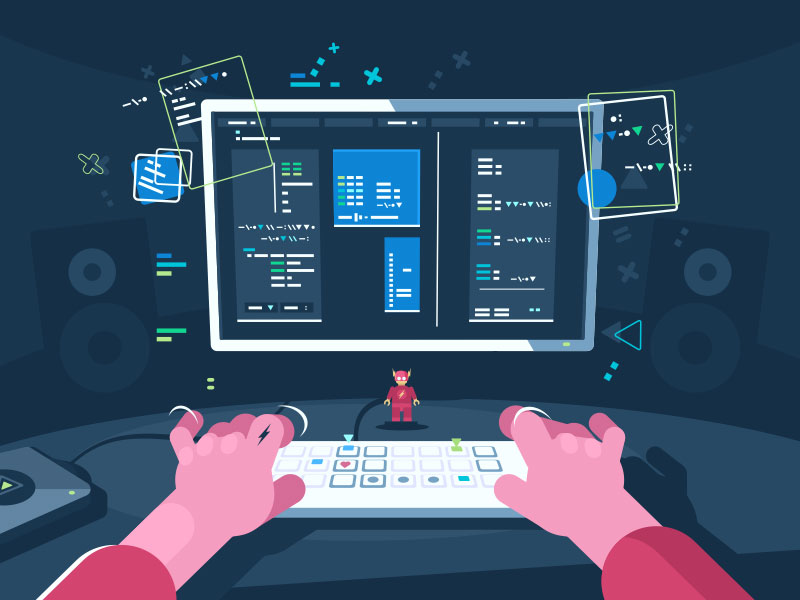
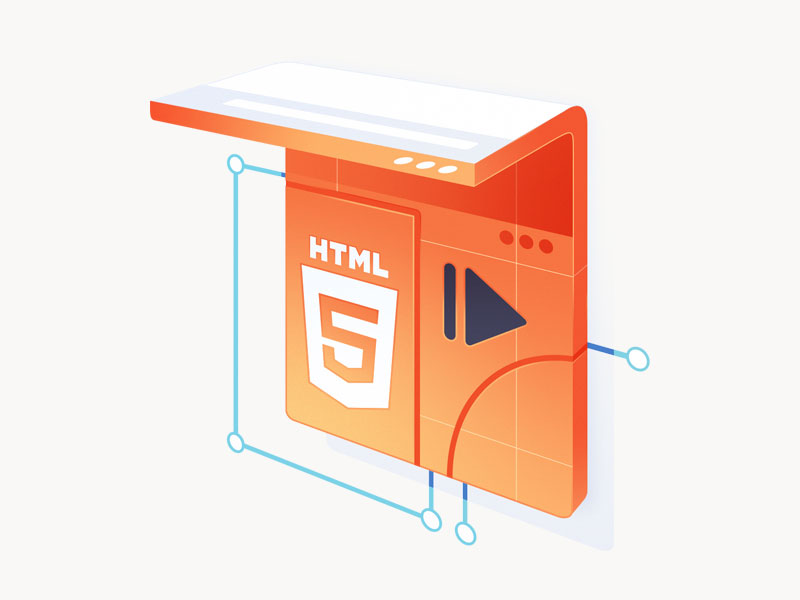
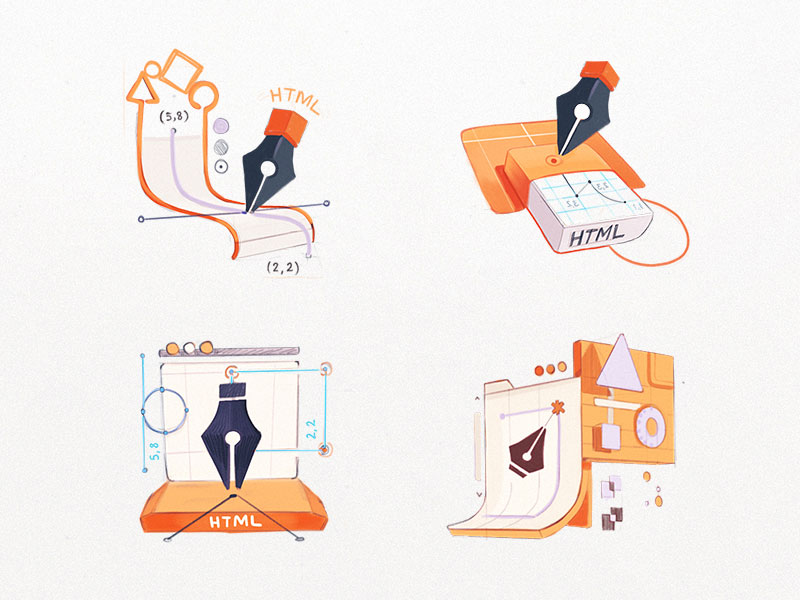
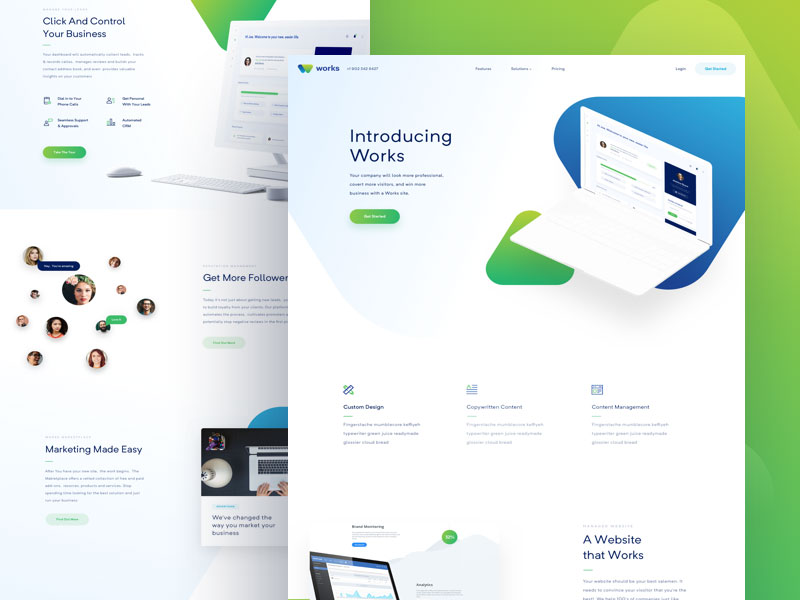
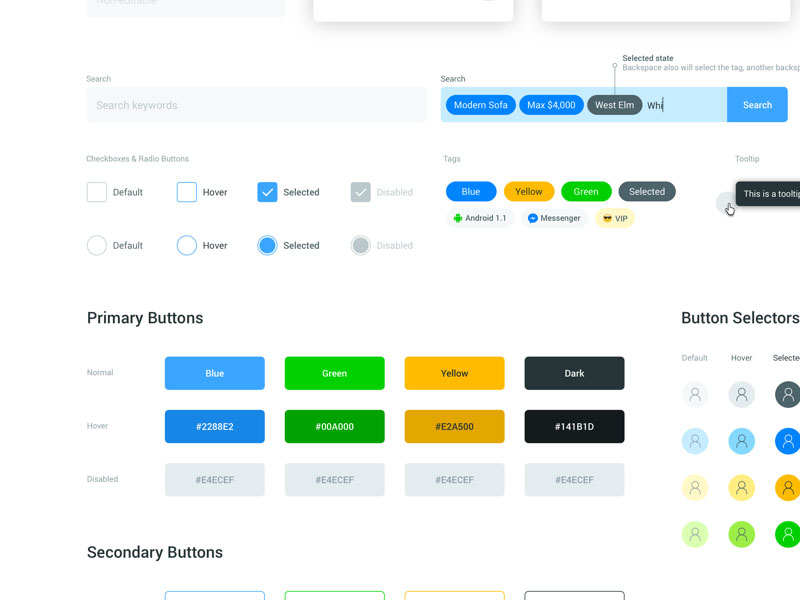
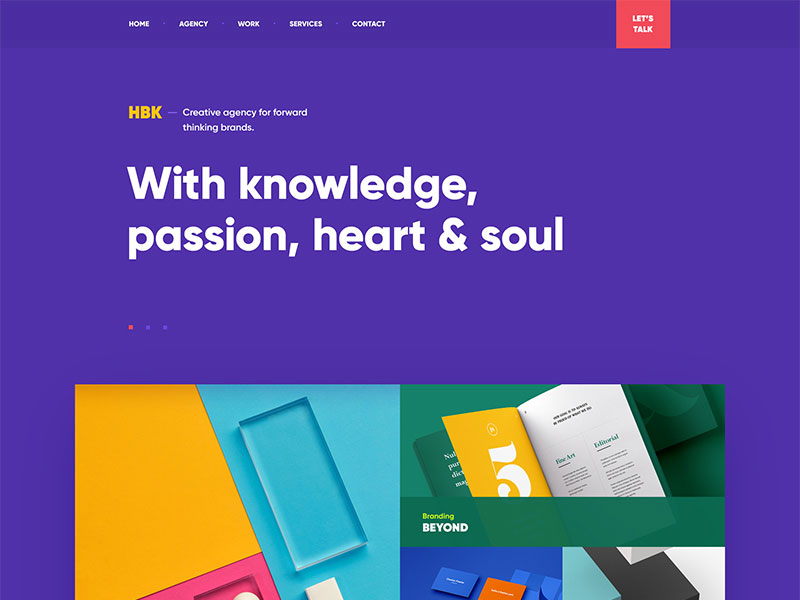
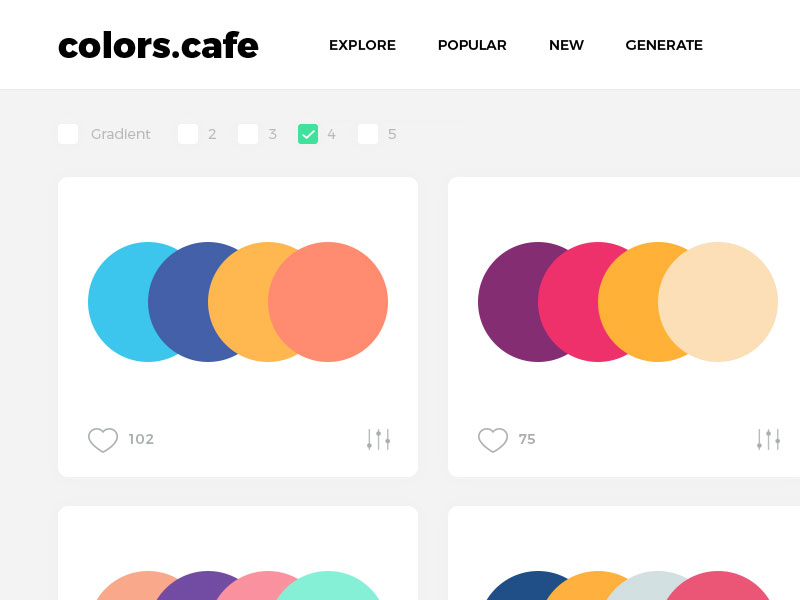
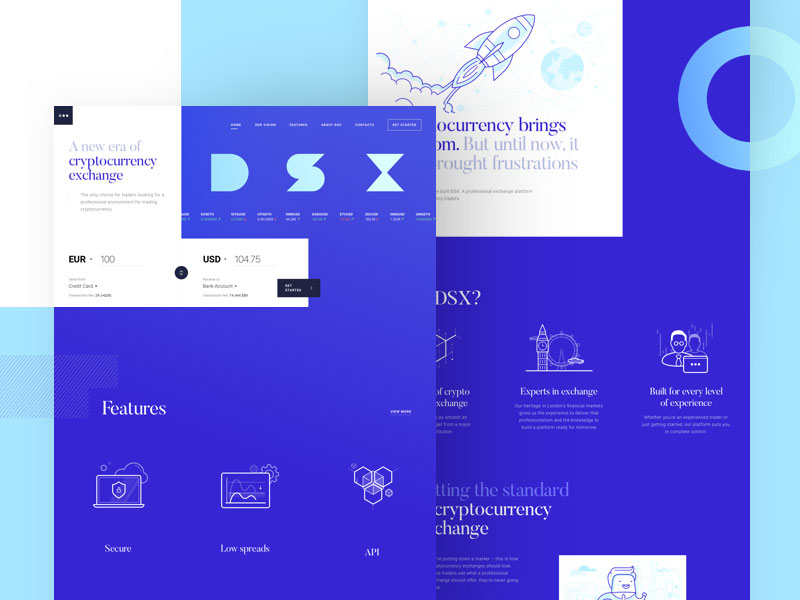
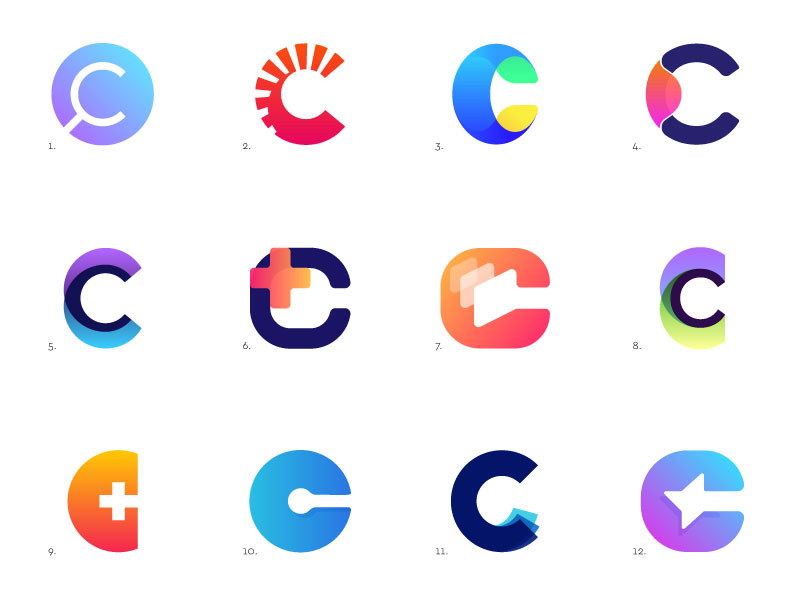


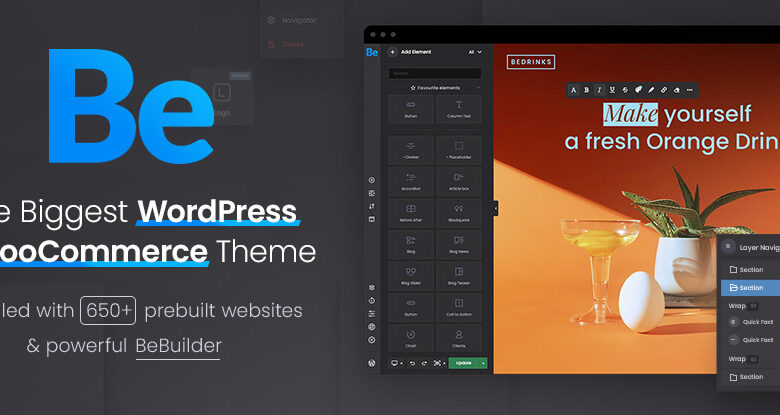
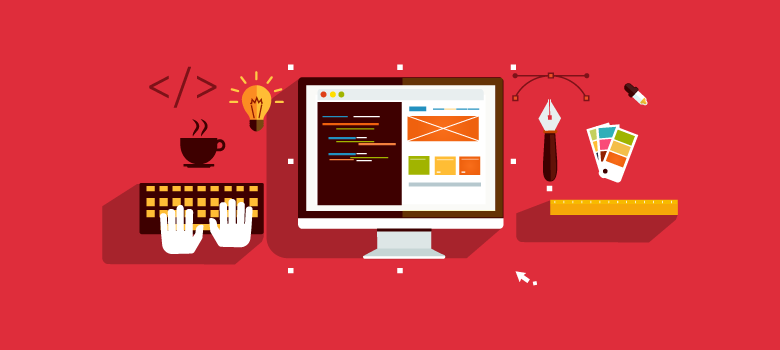
Leave a Reply